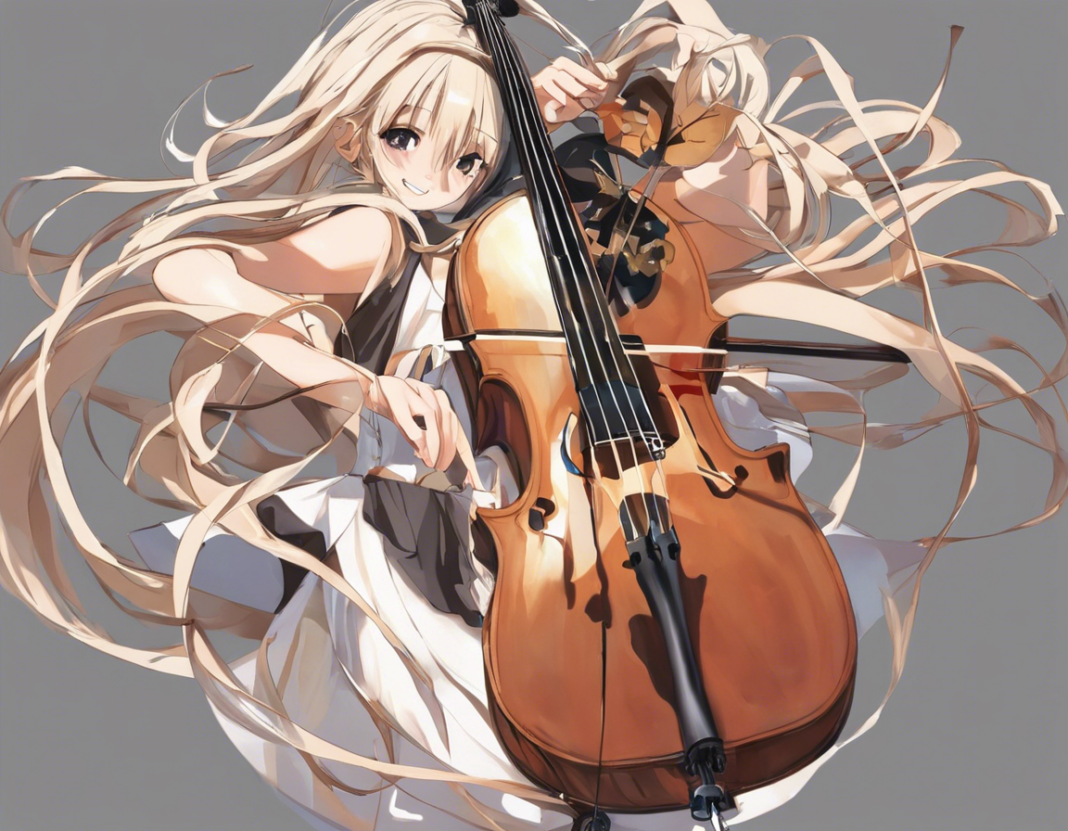So, you’ve decided to delve into the enchanting world of Cello Limited. Congratulations on choosing such a classy and timeless instrument to pursue your musical passion! Whether you are a beginner looking to start your journey with this majestic instrument or an experienced cellist aiming to enhance your skills further, there is always something new to discover in the realm of Cello Limited.
In this comprehensive guide, we will unravel the mysteries and wonders of Cello Limited, from its history and construction to playing techniques and maintenance tips. Let’s embark on this musical journey together!
The History of Cello Limited
The cello, short for violoncello, has a rich history that dates back to the early 16th century. Originating from Italy, the modern cello that we are familiar with today evolved from various string instruments such as the viola da gamba and the viola da braccio. Renowned luthiers like Stradivari and Montagnana have significantly contributed to the development and refinement of the cello’s design and sound.
Construction of Cello Limited
Cello Limited is crafted with meticulous attention to detail to ensure optimal sound quality and playability. Typically made from spruce and maple wood, the top plate, back plate, ribs, and neck of the cello are intricately carved and assembled by skilled luthiers. The bridge, soundpost, and strings are essential components that contribute to the cello’s resonance and tone production.
Playing Techniques
Mastering the art of playing the cello requires dedication, patience, and practice. From bowing techniques like legato and staccato to fingering positions and vibrato, there are various skills that cellists need to develop to express themselves fully through their music. The cello’s versatile range allows for a wide variety of musical expressions, from soul-stirring melodies to rhythmic basslines.
Maintaining Your Cello Limited
Proper maintenance is crucial to keep your Cello Limited in optimal condition and ensure its longevity. Regularly inspecting for any signs of wear and tear, keeping the strings clean and properly tuned, and maintaining the humidity levels in the cello’s environment are essential steps in caring for your instrument. Additionally, storing your cello in a sturdy case when not in use helps protect it from damage.
Choosing the Right Accessories
Investing in high-quality accessories can enhance your playing experience and the sound quality of your cello. From rosin and strings to a durable carrying case and a comfortable cello stool, there are numerous accessories available that cater to your specific needs as a cellist. Experimenting with different accessories can help you find the perfect combination for your playing style and preferences.
FAQ Section:
Q: How often should I change my cello strings?
A: It is recommended to change your cello strings every 6-12 months, depending on how frequently you play and the overall condition of the strings.
Q: What is the ideal humidity level for storing a cello?
A: The ideal humidity level for storing a cello is around 40-60%. Extreme humidity levels can damage the wood and affect the sound quality of the instrument.
Q: How can I improve my cello’s tone quality?
A: Regular practice, proper bowing technique, and experimenting with different strings and rosin can help improve your cello’s tone quality.
Q: Do I need a humidifier for my cello case?
A: If you live in a dry climate or during the winter months when indoor heating can reduce humidity levels, using a cello humidifier in your case can help maintain the optimal humidity level for your instrument.
Q: Can I learn to play the cello on my own, or do I need a teacher?
A: While self-learning is possible, having a cello teacher can significantly accelerate your learning process, correct any bad habits, and provide personalized guidance to help you improve as a cellist.
Exploring the world of Cello Limited is a rewarding journey filled with endless opportunities for growth and musical exploration. Whether you are drawn to the cello’s deep, resonant tones or the expressive versatility it offers, embracing this beautiful instrument will undoubtedly enrich your musical experience. So, pick up your bow, rosin up your strings, and let the melodious journey begin!
